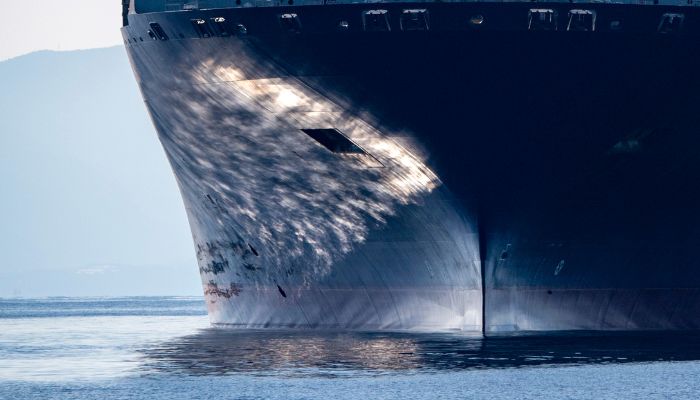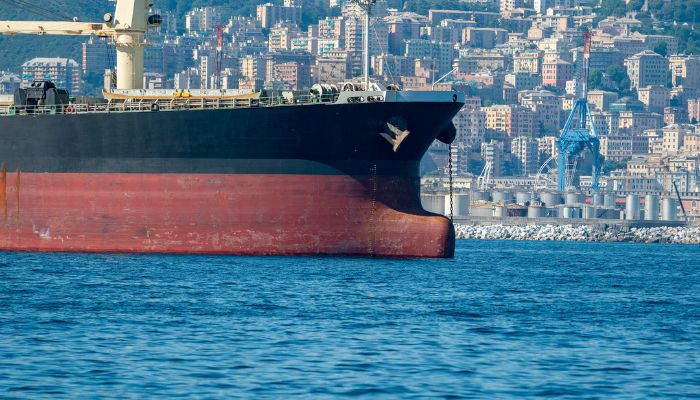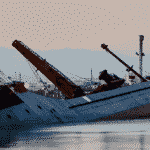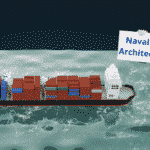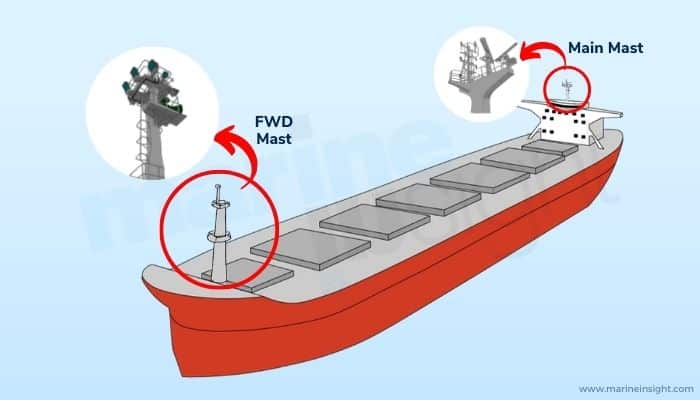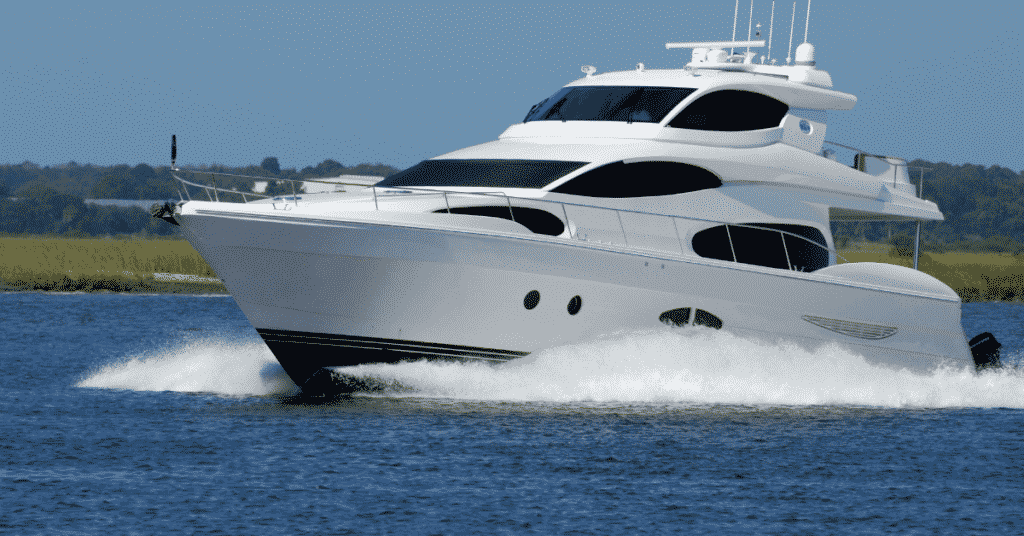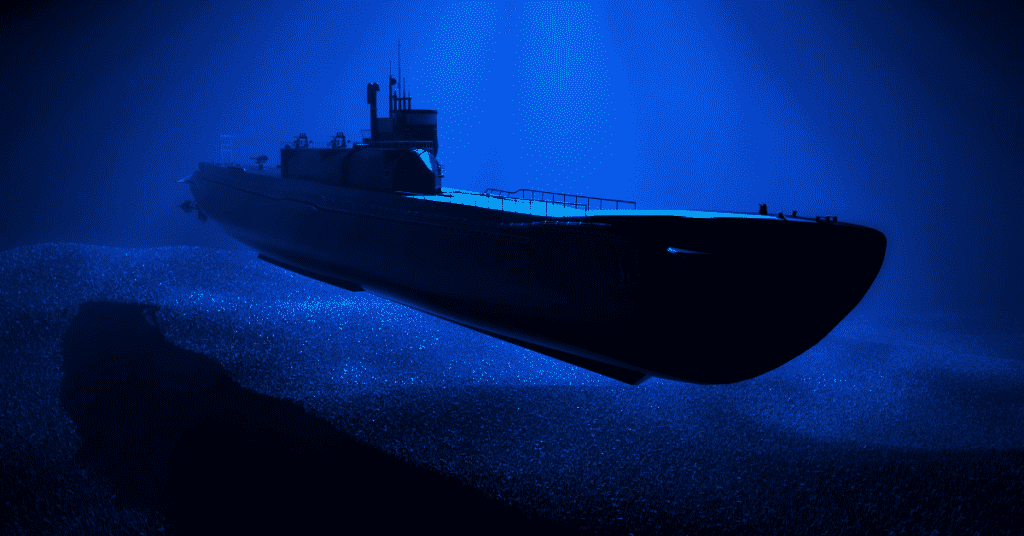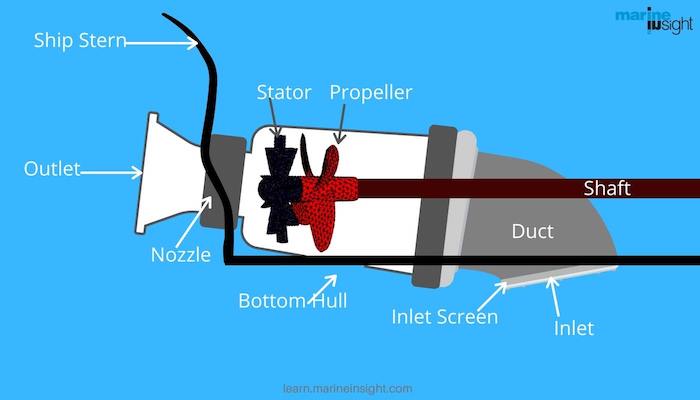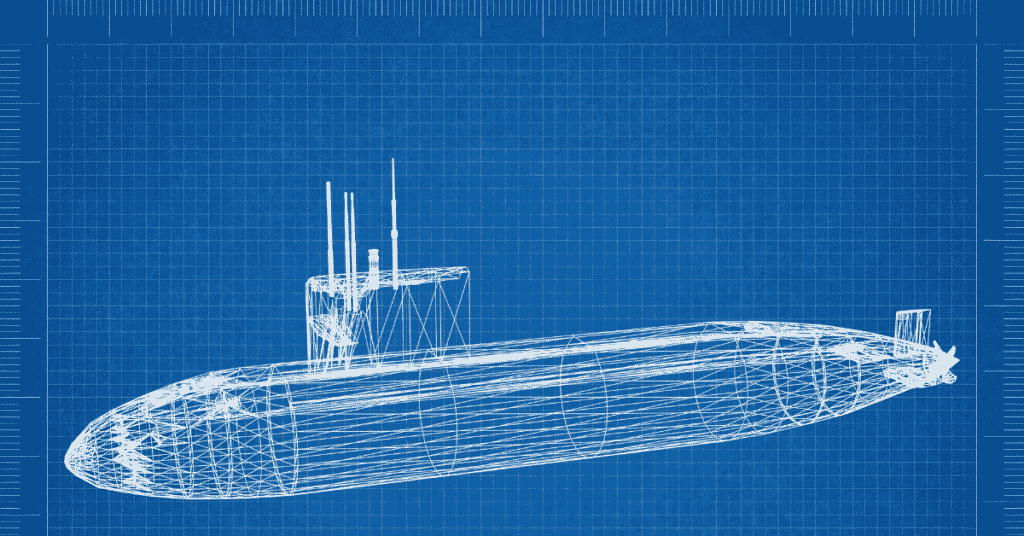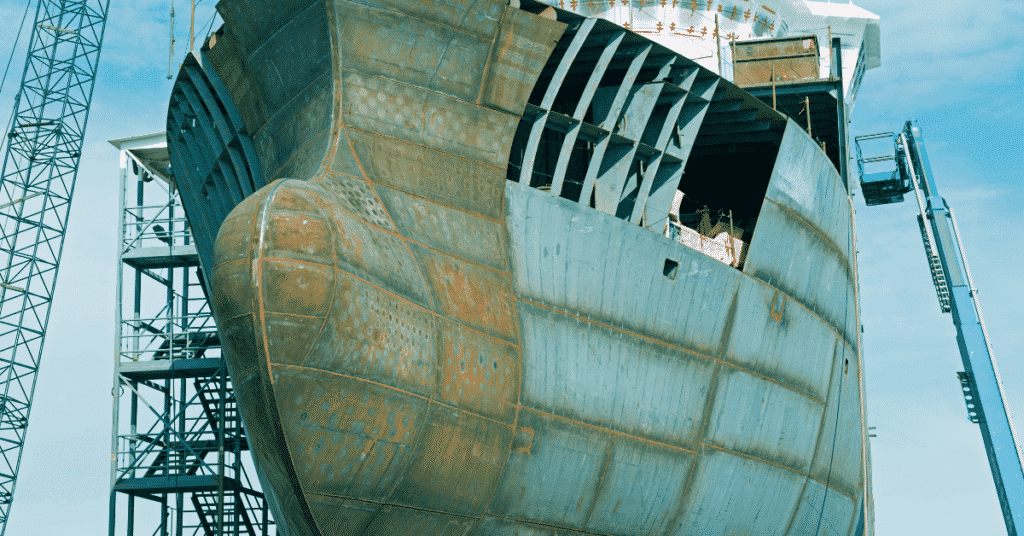What Do You Understand By Prow Of A Ship?
We are all aware that the front part of the vessel is called the forward and the rear part the aft. The zone between these two regions, occupying most of the hull’s volume, is known as the mid-region or, more technically, the parallel middle body.
This term stems from the geometry of the hull and the hull form, where this hull volume has the minimum curvatures and is continuously the same throughout its span.
The exact span of this parallel middle body is considered the region whose deck edges appear mostly linear and continuous when viewed from the top. The extent of the parallel middle body varies from size to size and the type of vessels.
The concept of parallel middle body is applicable for most ships, from commercial to defence, with a few exceptions like tugs, some defence vessels, most high-speed crafts and some special types of ships that do not have a well-defined parallel and continuous middle region.
Now, returning to the fore and aft regions, the bow is considered the forward region of the hull. Like the middle body, this too doesn’t have hard and fast clear demarcations but is considered the zone forward to the middle region and is said to be defined from where the deck edges and the hull surface are said to exhibit some degree of curvature for all practical purposes. But remember, the bow is essentially a region of the hull.
It is not any linear feature of singularity. But now, visualise your hull in the sideways or profile view. Notice the forwardmost curve or the line in the extreme forward end of the hull geometry as shown. This is known as the stem, which marks the forwardmost limit of the bow region and the vessel for all practical purposes. Now, look at the aftmost line of the hull in the same view. This is known as the stern of the vessel and marks the aftmost extremity of the vessel.
Concentrate your attention on the stem line again. The curve starts at the main deck or strength deck edge and connects to the vessel’s baseline. The shape of this line is highly variable. This is usually a straight line with a sharp angle for fine-form ships. This angle may be less for fuller-form vessels like tankers or bulk carriers. For most of these vessels, there is a protruding bulbous bow feature, and the profile of this bulb further defines the stem curve appearance when viewed from sideways.
What is a prow?
The part of the stem line above the waterline is defined as the prow. This prow also is, geometrically, the curve which closes the space of the hull volume. It also provides the main deck edge at the forward or bow end of the vessel. Irrespective of the hull form, the prow is always a one-dimensional line or curve when viewed from sideways, as in forms, the end point of all the hull curvatures above the waterline in the forward extremity.
Now, go back to the point where we said that often, there is an angle the stem makes when viewed from a sideways or profile view. The angle the prow, or by definition, the upper part of the stem line, makes with the waterline is known as the rake of the vessel. Once again, there is a minimum amount of rake for fuller-form vessels like bulkers or tankers.
The more the rake angle, the better the frictional as well as wave resistance characteristics of the vessel. However, for fuller-form vessels, this is often compensated by the presence of the bulbous bow in the lower region. In fuller-form vessels, the curves or arcs about the prow top point (as viewed in the horizontal plane from the top) are larger and vice-versa for finer forms.
The design of the prow requires careful consideration from the early stages of basic design when the vessel is being modelled to the final stages of construction. At the prow, the two hull topside plates from both the port and starboard sides are firmly welded.
Often, additional stiffening is done in the form of a solid vertical bar welded to this point of intersection along the same weld line from top to bottom. Besides comprising the closing line for the hull volume, both the prow and the stem absorb longitudinal loads from the longitudinal members running throughout the hull and ending at the forward end.
Furthermore, the prow also plays a significant role in the vertical motion characteristics of the vessel and related phenomena like slamming and pounding. Moreover, from a strength point of view, the prow also plays a crucial role in absorbing all forms of hydrodynamic loads like wave forces and impact loads in the first place.
I hope this article helped you learn some brief information about the place where Leonardo Di Caprio had exclaimed, “Feel like the King of the World” on the fated Titanic!
You might also like to read-
- NAVTEX On Ships: Working, Types Of Messages And Advantages
- Understanding Marine Sextant – Principle, Readings and Maintenance
- What Marine Navigation Systems and Electronic Tools Are Used by Ship’s Pilot?
- What is a Binnacle On Ships?
- What is Bridge Navigational Watch & Alarm System (BNWAS)?
Disclaimer: The authors’ views expressed in this article do not necessarily reflect the views of Marine Insight. Data and charts, if used, in the article have been sourced from available information and have not been authenticated by any statutory authority. The author and Marine Insight do not claim it to be accurate nor accept any responsibility for the same. The views constitute only the opinions and do not constitute any guidelines or recommendations on any course of action to be followed by the reader.
The article or images cannot be reproduced, copied, shared, or used in any form without the permission of the author and Marine Insight.
Do you have info to share with us ? Suggest a correction

About Author
Subhodeep is a Naval Architecture and Ocean Engineering graduate. Interested in the intricacies of marine structures and goal-based design aspects, he is dedicated to sharing and propagation of common technical knowledge within this sector, which, at this very moment, requires a turnabout to flourish back to its old glory.
Latest Naval Arch Articles You Would Like:
Subscribe To Our Newsletters
By subscribing, you agree to our Privacy Policy and may receive occasional deal communications; you can unsubscribe anytime.



